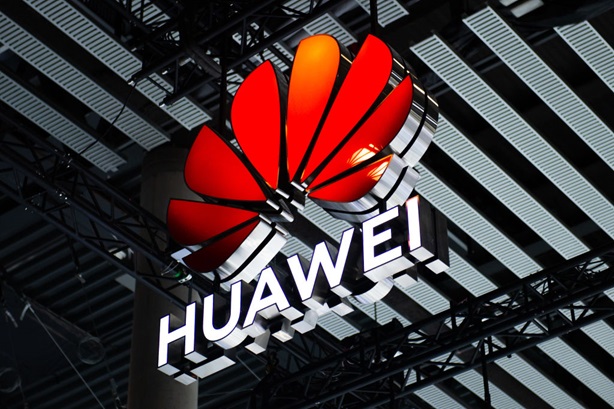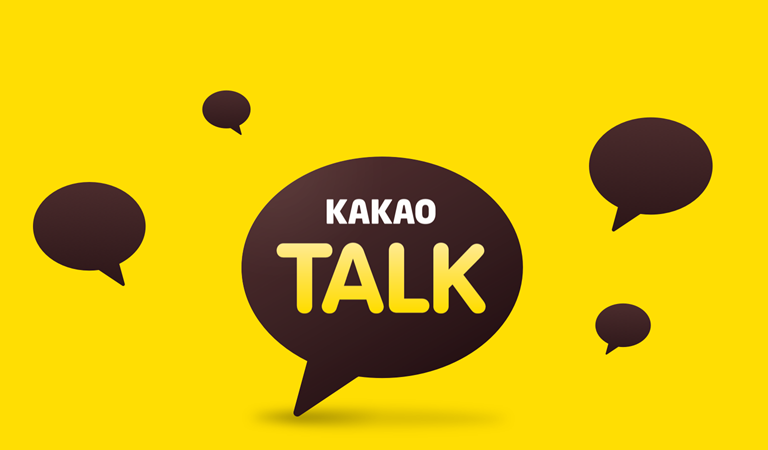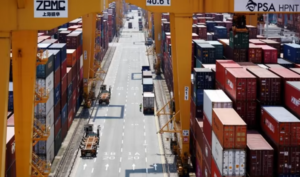At the Mobile World Congress (MWC) in Barcelona, Huawei unveiled its own AI model tailored specifically for the telecoms industry, called the Huawei Telecom Foundation Model. This model, according to Philip Song Xiaodi, chief marketing officer of Huawei’s carrier business group, empowers telecom companies to offer more intelligent solutions to consumers and enterprises. It also assists carriers in optimizing their network resources, ultimately enhancing operational efficiency.
The Huawei Telecom Foundation Model, built on the company’s self-trained Pangu AI model, marks a significant step forward in leveraging AI for industrial applications. While Huawei has not provided a clear timeline for its commercialization, the company is committed to working closely with partners to explore its full potential.
Meanwhile, at the same event, ZTE showcased its Nebula Telecom Model, which played a pivotal role in supporting communication services at the Hangzhou 2022 Asia Games. The model significantly reduced the workload for operations and maintenance while enhancing overall efficiency. Gao Zhengguang, a ZTE research manager, highlighted its success, stating, “We handled traffic for over 1.5 million people during the 16-day event and received no complaints or failures.”
The telecom industry’s embrace of generative AI reflects a broader trend toward harnessing AI for business transformation and revenue growth. China’s major operators, including China Mobile, China Unicom, and China Telecom, have already launched their own large language models, signaling a strategic shift toward AI-driven innovation.
Ethan Qi, associate director at Counterpoint Research, emphasized the potential of AI for telecom operators to expand their enterprise clientele and unlock new commercial opportunities. He noted, “With AI capabilities, telecoms operators can open up more commercialisation opportunities by offering their existing enterprise clients new services enabled by AI.”
In the west, industry players are also recognizing the transformative power of AI and forming strategic partnerships to explore its potential. Nvidia, Microsoft, Ericsson, Nokia, and others recently formed the AI-RAN Alliance to explore the integration of AI in radio access network (RAN) technology and mobile networks.
These developments occur against the backdrop of heightened US restrictions aimed at curbing China’s AI industry. Nvidia, for instance, faces export restrictions on its advanced GPUs, limiting its ability to compete in certain categories with Huawei’s AI chips.
Despite these challenges, Huawei remains committed to collaborating with global partners to promote the adoption of AI in the telecoms industry. Yang Chaobin, president of ICT products and solutions at Huawei, stressed the importance of industry collaboration during the launch of the company’s industry-specific AI model.
As the telecom industry continues to embrace AI, these advancements promise to revolutionize the way telecom companies operate, offering new opportunities for growth and innovation.
(Source: SCMP)







